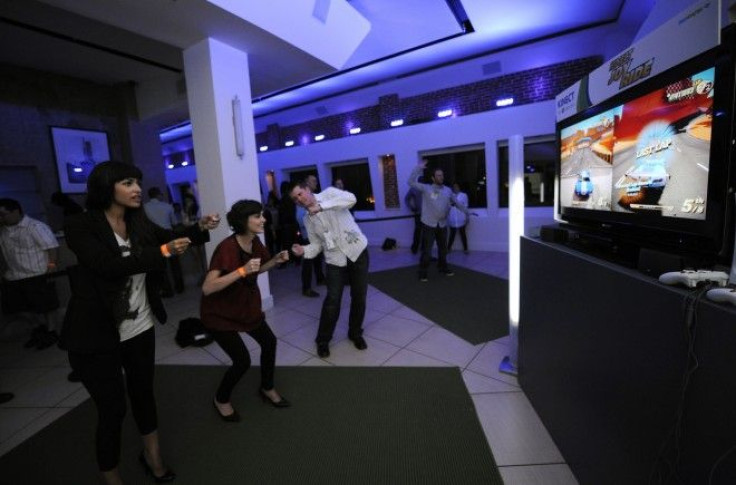Could The Kinect Cause Motion Sickness?

The popularity of virtual reality and 3D entertainment could have a nauseating side effect, according to one researcher.
Clemson University psychologist Eric Muth says motion sickness could be the fallout from high-end, helmet-mounted display technology used in virtual reality. A number of companies such as Nintendo already sell head-mounted displays. Muth said Microsoft's Xbox Kinect could use the technology to be even more immersive, and there are already head-mounted products for the Xbox -- though none link with a Kinect yet.
What was once limited to the military and high-tech research, where users were screened and monitored for negative reactions, is available now to the public. You're not talking about carefully selected users like pilots and astronauts. Anybody with a few hundred dollars to spend can use it and the access will spread. The downside could be that people sensitive to visual disorders and susceptible to motion sickness suffer symptoms ranging from nausea to seizures. There needs to be a lot more research into the side effects, said Muth, director of Clemson's Human Factors Institute.
Muth has a lot of experience with real-world helmet-mounted displays: he spent three years in the Navy as an aerospace experimental psychologist. While at the Navy, he worked on creating wearable monitors and tracking systems to improve military training and to monitor soldiers, sailors and marines during combat. His studies now focus on the motion sickness effects derived from this technology.
Basically, when people are exposed to stimuli from a helmet-mounted display in the lab, it involves linking a subject's head movements to the changing view in the virtual environment. The response is complicated. It's not just a perceptual adjustment, Muth said.
According to Muth, research has already determined the brain is able to reset an upside-down view of the world and make it right side up. However, the constant changing of images is a bigger issue. The brain has to deal with the lag time it takes a computer to update and display changing visual images, which correspond to a user's head movements. This is the type of technology used in helmet-mounted display.
Helmet-mounted devices are going to be found everywhere as video gamers and the public get caught up in virtual reality. We have already seen the popularity of 3D movies, and 3D television is making its way into our living rooms. We need to know more about the side effects and how to deal with them.
All that said, Muth notes that a Kinect -- at least one without a helmet -- is probably pretty safe to use, since a user can see what's around them and adjust (if unconsciously). But when the first helmet displays are out for them, he palns to be careful. I would not allow my kids to use this technology before checking their susceptibility to the downsides, and even then I would limit and monitor their access to the virtual world, Muth said.
© Copyright IBTimes 2024. All rights reserved.











